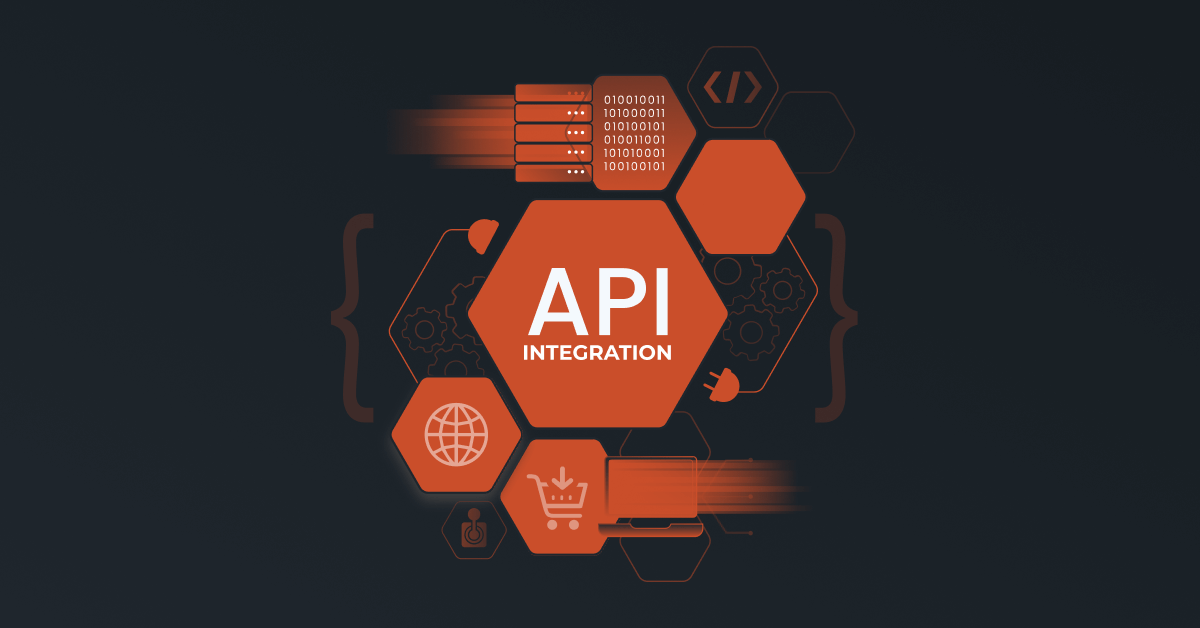Integrating eMaint with your business systems is essential for optimizing maintenance operations, but it can often be a complicated and time-consuming process. Makini’s Unified API provides a simplified solution that makes adding and maintaining your eMaint integration easier and more efficient.
What is eMaint?
eMaint is a powerful computerized maintenance management system (CMMS) used by businesses to manage their assets, schedule preventive maintenance, track work orders, and monitor equipment health. By integrating eMaint with other key systems like ERP, finance, or inventory management software, businesses can automate workflows, enhance efficiency, and access real-time data.
The Importance of eMaint API Integration
Connecting eMaint to other systems via an API brings numerous advantages to your business:
- Automation: By automating the transfer of data between eMaint and other systems, businesses can reduce manual data entry, saving time and reducing errors.
- Real-Time Data Syncing: eMaint API integration enables systems to communicate instantly, ensuring that data is updated in real-time across platforms.
- Improved Decision-Making: Integration centralizes data, giving businesses greater visibility and enabling faster, more informed decisions based on comprehensive information.
However, while eMaint API integration offers significant benefits, traditional integration methods come with several challenges.
Challenges of Traditional eMaint API Integration
- Technical Complexity: eMaint stores large volumes of complex data, such as work orders, asset details, and maintenance schedules, which can be difficult to integrate seamlessly with other systems.
- Customization: Every business configures eMaint differently, leading to the need for customized integrations that are often time-consuming and costly.
- Ongoing Maintenance: After integration, managing updates and ensuring that connections remain functional can require ongoing technical expertise.
How Makini’s Unified API Solves eMaint Integration Issues
Makini’s Unified API simplifies eMaint integration by eliminating many of the common obstacles businesses face. Here's how it helps:
-
One API for Multiple Systems: Instead of building and managing separate APIs for every system, Makini provides a single, unified API to connect eMaint to all necessary platforms, reducing complexity and saving time.
-
Automated Updates: Makini automatically handles updates and changes in eMaint or connected systems, ensuring the integration remains intact without manual intervention.
-
Faster Implementation: Traditional API integrations can take weeks or months to complete, but Makini’s Unified API allows businesses to implement eMaint integration in a fraction of the time.
-
Cost Efficiency: By speeding up the integration process and reducing the need for ongoing maintenance, Makini helps lower the total cost of ownership for eMaint API integration.
Steps for Integrating eMaint with Makini’s Unified API
Getting started with Makini’s Unified API for eMaint integration is simple:
-
Sign Up for Makini: Register on Makini’s platform to gain access to the Unified API.
-
Connect eMaint: Follow the step-by-step process provided by Makini to connect eMaint with the other business systems you need.
-
Define Data Exchange: Choose which data, such as maintenance schedules, work orders, or asset records, will be shared between eMaint and your other platforms.
-
Monitor Performance: Once integrated, Makini offers tools to monitor the performance of your API connection, ensuring that the systems stay in sync and run smoothly.
Conclusion
Makini’s Unified API https://www.makini.io/integrations/emaint simplifies the often-complex process of integrating eMaint with other business systems. By offering a faster, more efficient, and cost-effective solution, Makini eliminates the common challenges associated with API integrations. With automated updates, reduced setup times, and a streamlined approach, businesses can focus on improving their maintenance management with eMaint, rather than getting bogged down in technical complexities
